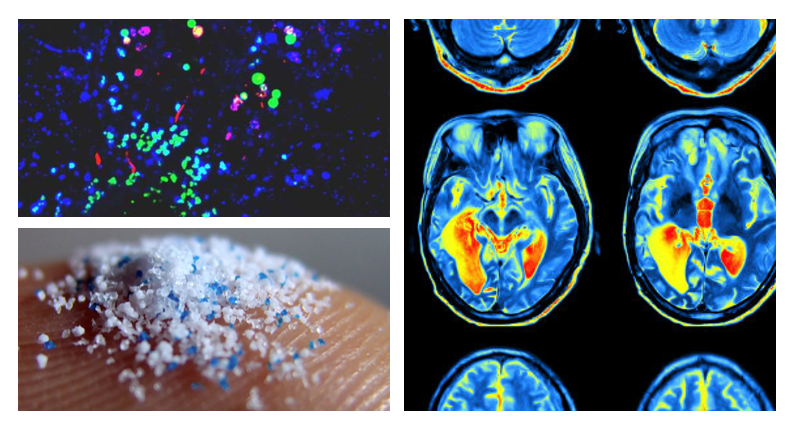November 2, 2023
New Discovery Could Enable Infinite Possibilities in Quantum Sensing
Researchers at UC Berkeley recently developed a new fabrication method for quantum sensors that could enable the incorporation of microsensors in applications such as microfluidics, electronics, structural materials, tissue engineering, and opto-mechanical systems. The new fabrication method can structure quantum sensing particles into complex 3D configurations that can accurately detect changes in temperature and magnetic fields in microscopic environments. According to the researchers the new technique offers significant customization which allows structures to be designed with the desired properties. Therefore, the architected materials are optimized to provide a tailored mechanical response. Apparently the sensors combine sensing and actuation functionalities for applications in structural materials, tissue engineering, opto-mechanical systems, and several others. In the past the issue was that many quantum sensing platforms required extremely cold temperatures to function adequately. Moreover, the materials needed to be extremely clean, all of which limited their use in many practical applications. Thankfully the research at UC Berkeley made an excellent discovery that overcomes both limitations and they are optimistic that the new discovery will pave the way for new possibilities in quantum sensing. Learn more here.
November 18, 2023
Study Shows Microplastics Promote Conditions for Parkinson’s and Dementia
Study Shows Microplastics Promote Conditions for Parkinson’s and Dementia
A study led by Duke University researchers found that microplastics interact with a protein that is naturally found in the brain, creating changes linked to Parkinson’s and dementia. Various data streams have suggested that environmental factors play a role in the development of Parkinson’s disease, but these factors have mostly remained unidentified. Plastics that are not disposed of properly have been shown to break into very small microscopic pieces and accumulate in food and water supplies, and in this most recent study microplastics were found in the majority of adults’ blood. Researchers found that polystyrene nanoparticles that are typically found in disposable cups and food utensils, attract the accumulation of a protein known as alpha-synuclein. The tightly bonded accumulations formed between the plastic and protein happened across three different models performed in the study. These models included test tubes, mice models, and cultured neuron models. The researchers noted that questions still remain about how such interactions would be taking place inside humans. They also said that the technology necessary to monitor nano plastics in the brain is still in its infancy and as such it is still not able to answer all of the questions posed by the study. However, they hope that with their findings it will be possible to increase the urgency of research efforts on this topic. Learn more about this study here.


